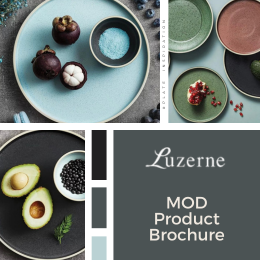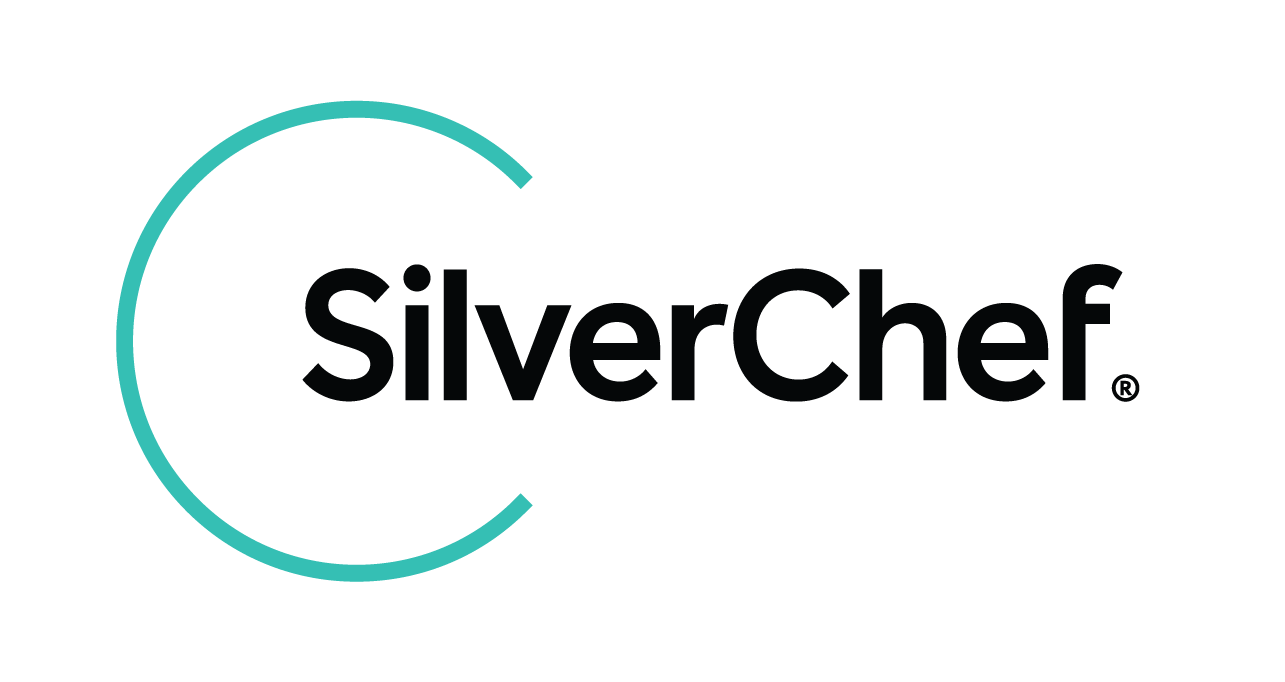How to Clean White Chef Jackets - Chef Works
Author: Siobhan Thomson Date Posted:14 August 2020


In the current climate, purchasing new uniforms could be something you would rather put off. So here's a simple 3 step care guide on how to clean white chef jackets, and extend their lifespan.
1. Prevent
Use an apron. It might sound basic, but it's what they're made for, and prevention is better than a cure. Given a basic apron will set you back no more than approximately $30.00 and are easy to clean, they are your front line of defence in keeping your whites stain free.
Bonus apron tip: To stop the apron straps knotting together in the wash; tie your apron straps together pre-wash. Or put them all in a wash bag, a simple, cheap one will do.
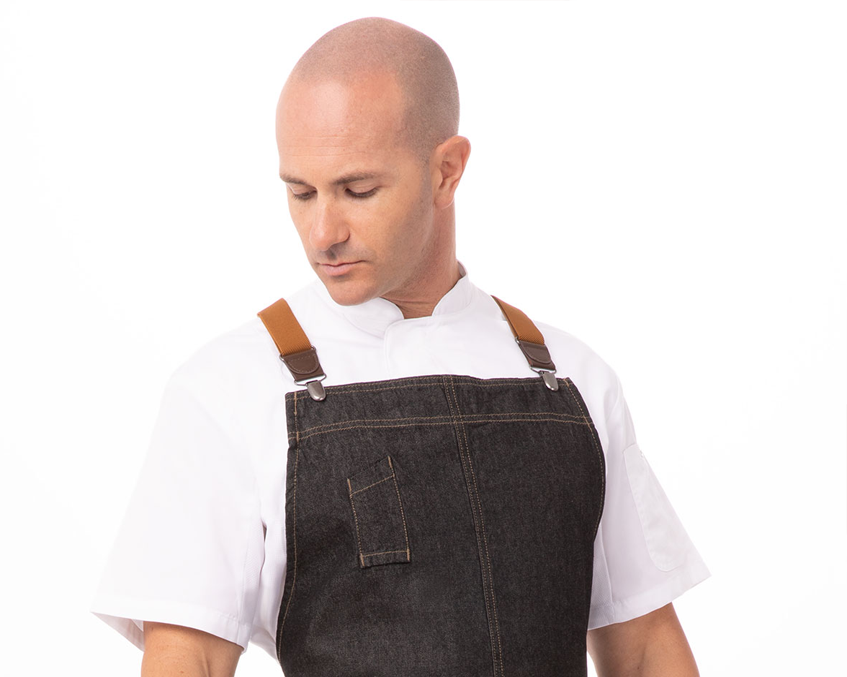
Again, it may sound overused, but 'you get what you pay for' stands true, and a quality chef jacket will last longer than a cheap one.
Finally, there are few stain culprits to be especially careful of, as they are difficult to remove. Aside from the well-known offenders like red wine and tomato sauce; Tumeric, red chilli oil and even chocolate need increased attention.
2. Treat
No matter the quality of the jacket, let's face it, however careful, the jacket's going to get stained. Whether it's gravy, blood or the dreaded beets, treat them quickly and wash them right.
Firstly, let's start with one of the most misunderstood aspects of stain removal; washing in hot vs cold water.
The assumption is whites are better in warm to hot, and colours in the cold. However, this isn't necessarily the case. The colour of the jacket isn't the determining factor, but the characteristics of the stain; or more accurately what caused the stain, that dictates the temperature of the water.
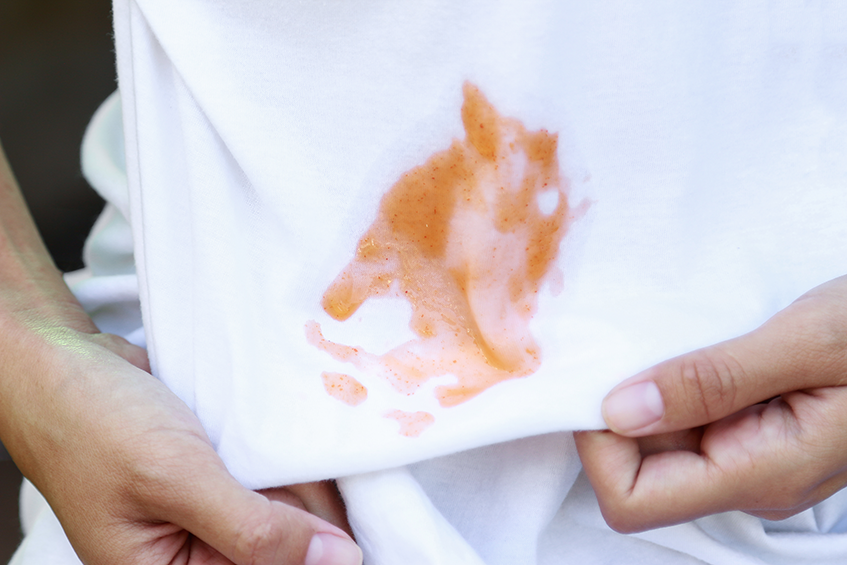
If it's a protein or a food stain, start with cold water, not hot. Hot water may set the stain, becoming baked into the fabric. Coldwater also used for that white mark you get on your black jackets from deodorant, as it contains protein.
If it's oil, butter or coffee, a hot water wash should work well in removing the stain.
Finally, blood. Again act quick and sponge the area with cold water, as heat will set the stain. Too much water may help it spread, so be careful here. Then hit it with the (bleach-free) pre-stain treatment and let it sit for 15 minutes, before rinsing.
Given you're unlikely to have access to a washing machine at the time, try to soak the jacket in water. A spare sink (good luck), or non-metal container will do the trick. Ideally, with some quality detergent rubbed in.
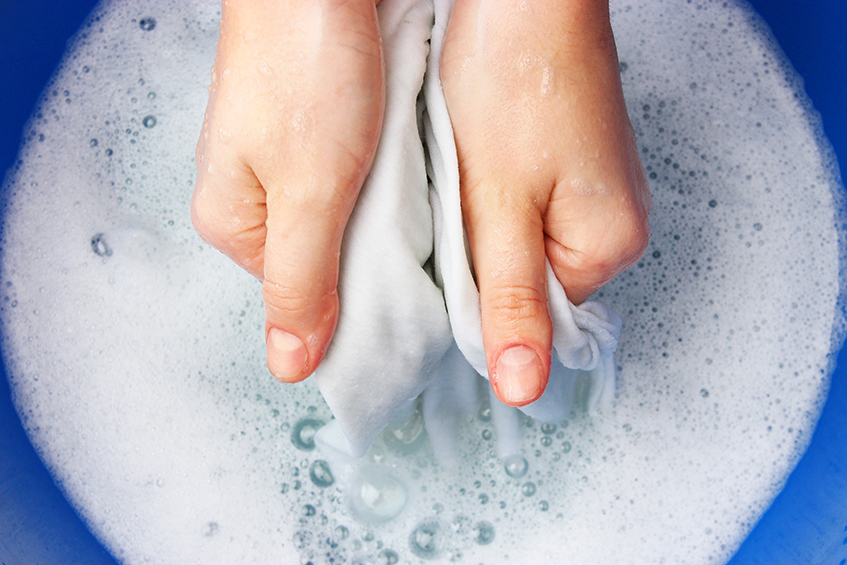
Failing that, white distilled vinegar, club soda and baking soda/cornstarch can work wonders on food-based stains. If it's oil or butter, use some diluted dishwashing soap.
You can get it in the washing machine when you get home, again following the temperature information above. Try to follow the care label as much as possible.
Now, the fact is your jacket is likely to resemble a rainbow of stains when you get home; and knowing the origin of each is unlikely. So I'd say start with cold water and go from there.
As far as laundry detergents go, you need one with enzymes, given the majority of stains will be food-based. Try to use specific stain removing laundry additive, instead of chlorine bleach to attempt to 'plaster' over the stain (more on that later).
Not until you're completely satisfied that you've done all you can to tackle the stain should you utilise the dryer, as the heat will again bake that bad boy right in there. Best to line dry if you can.
As you'll want to hit the stain quickly, it's best to have a spare jacket at the ready, so you quickly switch them out. Granted that's easier said than done mid-service, deep in the weeds. Let's say, the sooner, the better.
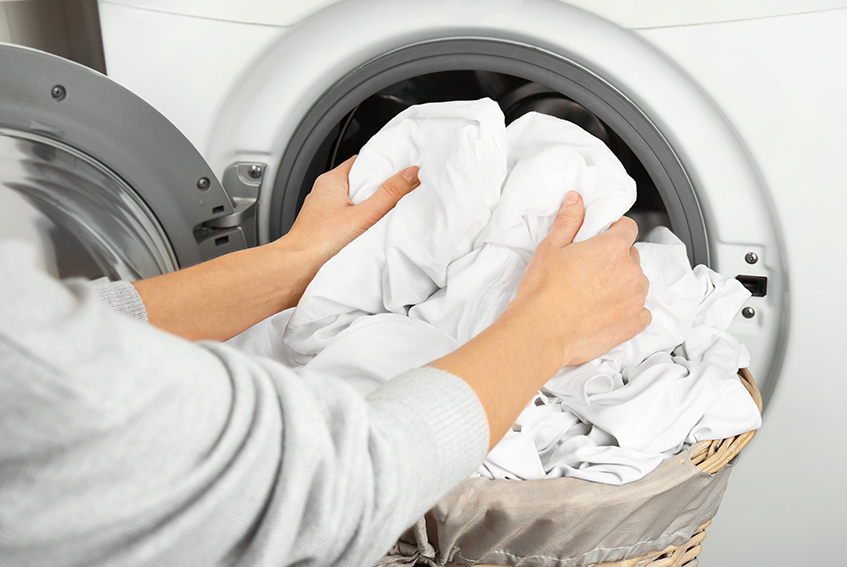
3. Keep your chef whites – white.
A yellowed chef white isn't the best look. But neither is a jacket ready to fall apart from hardcore bleaching.
The reason is that chlorine bleach will firstly damage the fibres and you'll be one step closer to that new jacket. It will have a counterproductive effect and cause the coat to yellow, especially on any mesh panels. To add insult to injury, if you have any embroidery on the jacket, it's likely to bleach that and fade the colour out.

Now, this doesn't mean all bleaches are evil. Oxygen based chlorine is an active ingredient of many fabric whitening products (think Oxi-Action). It is a gentle bleach, often used for laundry purposes. So it's safer on fibres. Anything stronger you're risking fabric corrosion and embroidery whitening.
To re-whiten your whites, soak your jacket in a sink or bucket with water + 1 cup of oxygen-based bleach for 1-2 days. Then it's ready for the washing machine.
Pro Tip: Powdered oxygen bleach will work better than liquid.
Bonus Tip: White distilled vinegar, added to the wash can help leave the finished jacket looking sharp, as it will remove any excess detergent residue.
It's a bit of work, and you may not fancy yourself as a domestic god or goddess. But follow the tips above, and you'll prolong the life of your chef jackets.
Failing this, and the jacket's too far gone, you can grab yourself a new one here.
Good luck.









.png)

